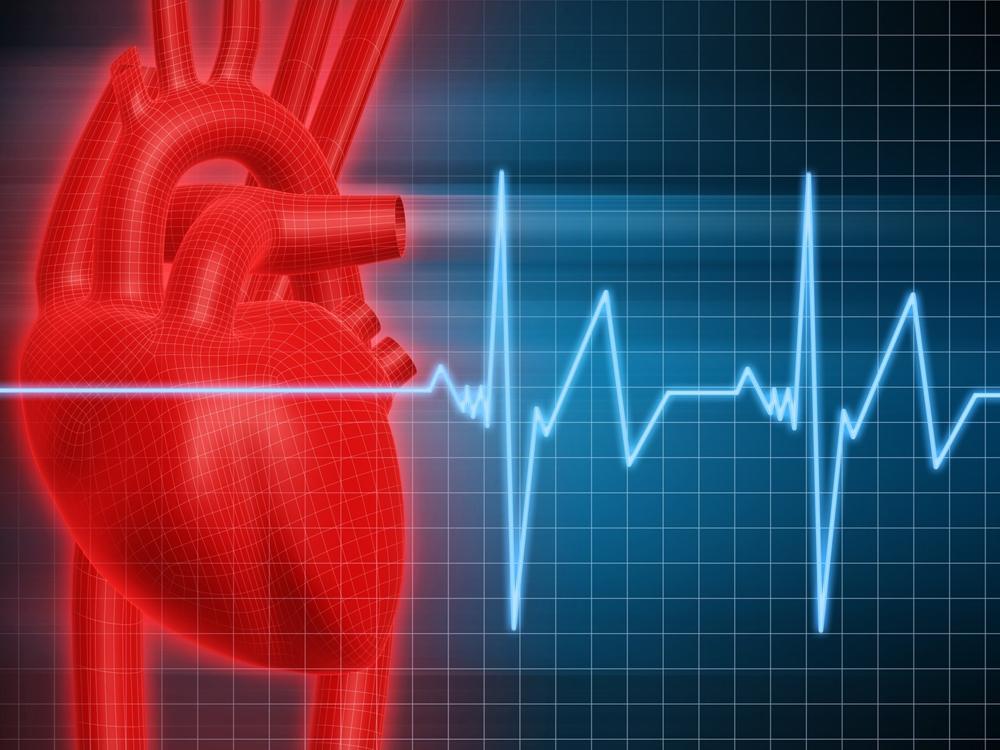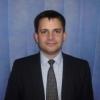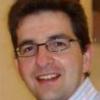Dr Oliver Segal, Consultant Cardiologist explains the importance of cardiac electrophysiology and how technology combined with effective treatments now provide a cure for many patients.
One of the major recent discoveries in drug development may not even be known by most people. We now have access to a number of drugs which are replacing warfarin for the first time in 50 years for the prevention of stroke

Total Health asks the UK's top Heart Specialists the following questions:
- Q1: What was it that made you want to specialise in the heart?
- Q2: What is your own area of special interest and why this?
- Q3: The treatment of heart conditions very often requires the integration of skills between the cardiologist and cardiac surgeon. This can be quite confusing for patients so how would you describe/explain this interplay?
- Q4: What in your opinion has been the most important innovation in the treatment of heart conditions?
- Q5: What in your opinion is the single factor that would most improve outcomes for heart conditions?
- Q6: What does the future hold for treating heart conditions?
Q1: What was it that made you want to specialise in the heart?
I was inspired to a career in cardiology by working under a Professor who made the whole subject come alive for me. I like puzzles and cardiologists use clues to understand complex problems, akin to the detective solving a crime. The combination of advanced problem solving and the ability to offer immediate, effective and often curative treatments for patients with arrhythmias is very attractive and drew me to this speciality - immediate gratification for the patient and the doctor! As electrophysiologists we use an amazing array of advanced technology that changes rapidly and it is an incredibly exciting field of medicine to participate in and drive forward.
Q2: What is your own area of special interest and why this?
I specialise in cardiac electrophysiology, which means I care for patients with heart rhythm disorders, palpitations, blackouts and patients potentially at high risk of dying suddenly due to cardiac arrest.
I therefore spend most of my time performing a technique called catheter ablation to cure arrhythmias, implanting pacemakers and defibrillators and also umbrella-like devices within the heart to prevent strokes. Interpreting the complex electrical signals recorded within the heart is one of the most challenging skills in clinical medicine and is the zenith of medical problem solving in my opinion.
These signals may last for only a few milliseconds and change with each and every heart beat (with patients' heart rates sometimes more than 200 beats per minute!). Combining this skill with the ability to think in three dimensions and the manual dexterity required to navigate catheters inside the heart's chambers inserted from the leg is really quite a challenge. This is what particularly appealed to me and is so rewarding when successful. Similarly, implanting a device such as a pacemaker to correct a profoundly slow heart beat in someone who has been passing out, or another who has heart failure dramatically improved by pacing is very fulfilling.
Q3: The treatment of heart conditions very often requires the integration of skills between the cardiologist and cardiac surgeon. This can be quite confusing for patients so how would you describe/explain this interplay?
This is true, especially for patients with coronary artery and heart valve disease. Historically, most treatments for cardiac problems had to be performed using open heart surgery - bypass surgery, valve replacements, pacemakers, defibrillators, closure of holes or chambers in the heart or surgery for electrical problems. As technology and our understanding have progressed, the number of procedures that can now be performed using minor surgical or keyhole techniques has grown enormously and now outweighs those that need major operations.
For example, angioplasty and stenting for coronary disease, pacemakers and defibrillators implanted under local anaesthetic, aortic valve replacement performed 'keyhole' via the leg artery (TAVI), insertion of septal and left atrial appendage occlusion devices via the leg and catheter ablation for all types of arrhythmia.
However, the decision on which option is best often requires careful consideration and all complex cases are now usually discussed in a multi-disciplinary forum which includes both cardiologists and surgeons. I think it's probably also true that many patients still believe surgeons are the 'top of the tree' in hospitals and don't really understand the role of the physician.
Physicians are the doctors who diagnose a patient's conditions by listening to details of their symptoms and performing tests to diagnose the cause. What has changed nowadays is that physicians (which include cardiologists) also perform most of the procedures to treat people too (especially so in cardiology). Some surgeons are learning keyhole techniques from cardiologists, so the distinction between cardiologists and surgeons is more blurred than ever before.
Q4: What in your opinion has been the most important innovation in the treatment of heart conditions?
There are so many possible candidates that it really is impossible to pick one. One could include performing the first ECG, inventing the stethoscope, discovering aspirin or digitalis, statins, coronary angiography, echocardiography, the heart-lung machine, bypass and valve surgery, the first heart transplant, the first pacemaker or defibrillator, the first catheter ablation......the list goes on and on and on.
From my perspective of arrhythmia, I would say the most important invention in the last 50 years is the invention (initially quite fortuitously) of catheter ablation, which has since progressed at an astounding rate so that we can now potentially treat (and often cure) almost every single cardiac arrhythmia using keyhole techniques with patients going home the same or the following day. As I am old enough to remember when the vast majority of patients were not offered ablation, I know how much of a difference this has made to the quality of life of my patients.
Q5: What in your opinion is the single factor that would most improve outcomes for heart conditions?
I think the single most important factor is we, as doctors and healthcare professionals, need to educate an even greater proportion of the public in how to look after their own health, to help prevent heart conditions, to recognise symptoms early and seek early medical attention. Stopping smoking, losing weight, regular exercise, better diet, awareness of risk factors such as good blood pressure control, glucose control, cholesterol, awareness of an irregular pulse and atrial fibrillation are critical parts of that process.
It still amazes me that patients ask me how important it is to stop smoking and increasingly the number of people who I see who are not just overweight but, frankly obese. We need to empower more people to be proactive in managing their own health before they develop cardiac or other problems. I think that technology that allows people to monitor their own health, including heart rate, blood pressure, ECG, heart rhythm or even the number of steps they walk each day will be key to this. We are at the beginning of the story.....the future is very exciting.
Q6: What does the future hold for treating heart conditions?
One of the major recent discoveries in drug development may not even be known by most people. We now have access to a number of drugs which are replacing warfarin for the first time in 50 years for the prevention of stroke in patients with a heart rhythm problem called atrial fibrillation (AF). AF is the most common rhythm abnormality in the Western world and we estimate at least 1 million people in the UK suffer with it and 1 in 4 people under 40 years old will develop it in their lifetime. It is the second leading cause of stroke and sadly strokes which occur due to AF are more likely to be disabling or fatal.
Warfarin is a blood thinner that reduces the chance of blood clots forming as a result of AF but it has a number of problems associated with it. Warfarin requires frequent blood tests to ensure the dose is correct, it interacts with many other drugs and patients on warfarin need to be careful about eating large amounts of green vegetables, alcohol and certain other foods.
The new drugs, or novel oral anticoagulants (NOACs) don't need blood tests, have very few drug and food interactions and most importantly cause much fewer bleeding episodes in the brain than warfarin does. The UK is lagging behind the rest of the world in taking up these new drugs (largely because of cost, but also conservatism), but things are slowly changing and my patients absolutely love these new alternatives.
One other very exciting development is the invention of pacemakers that are now so small they can be implanted completely inside one of the heart's chambers rather than needing a long lead to connect to a battery under the collar bone. This means these new devices can be inserted using keyhole techniques via the leg, leaving only a tiny scar. It is thought this will mean fewer pacemaker-related infections and it avoids the issue of leads breaking. When the battery runs out, another small device is implanted next to the old one! One of these devices is already on the market but an even smaller one is being tested right now and is soon to follow.







